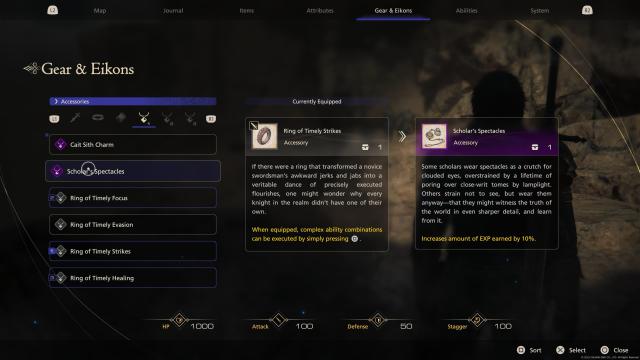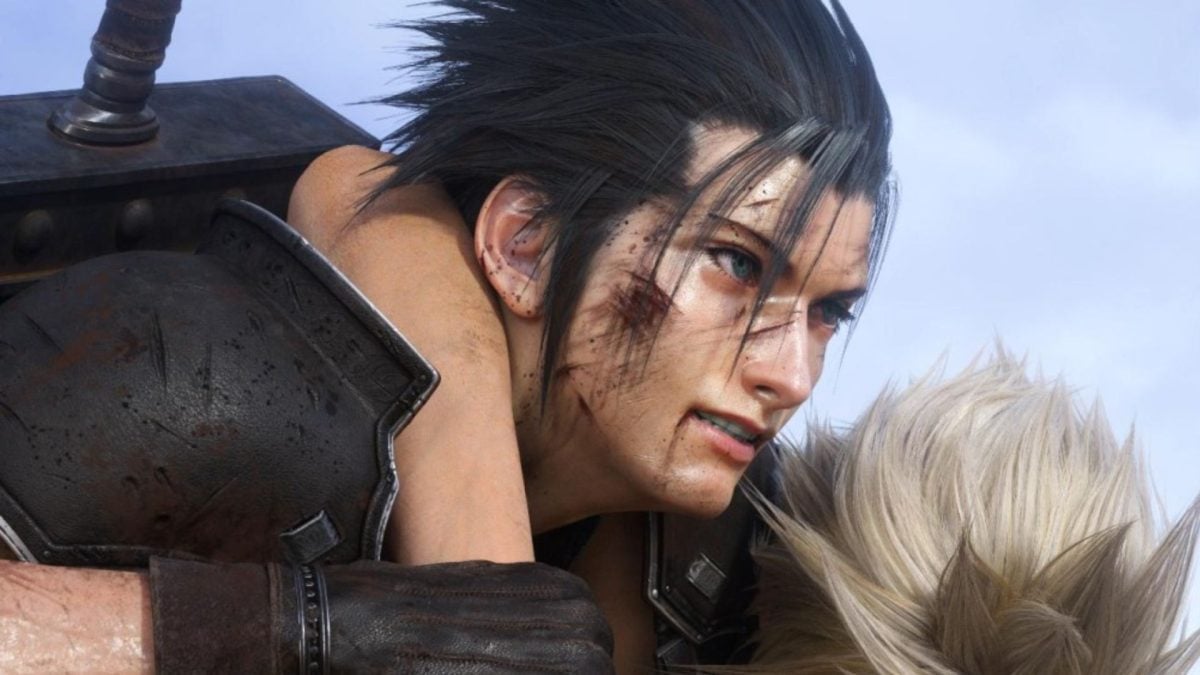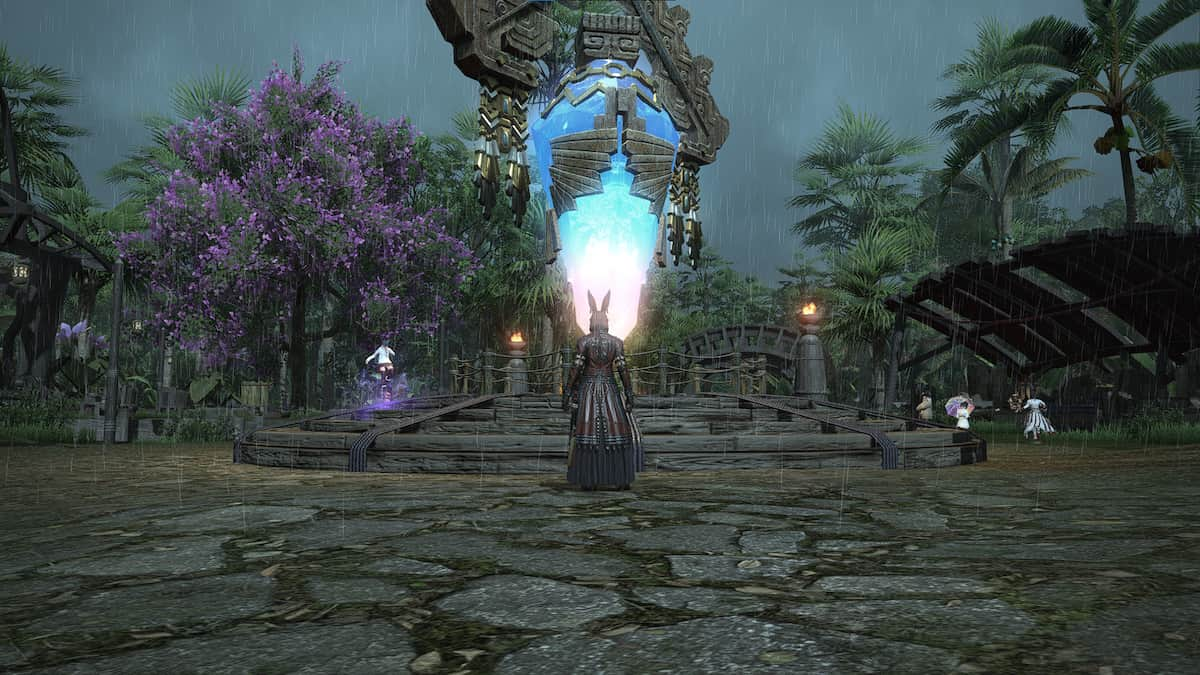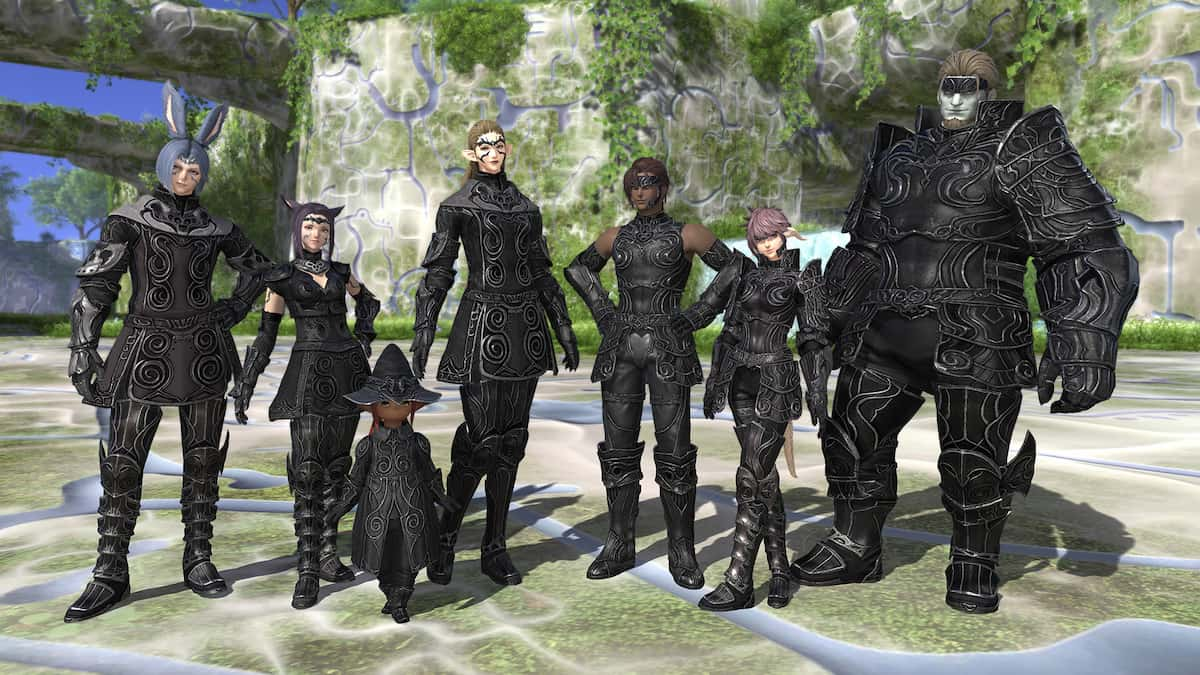Over the last few years, there has been an accessibility renaissance in gaming. From Celeste’s Assist Mode to the ability to skip minigames and still get rewards in Marvel’s Spider-Man, we’re seeing more games adopting accessibility features to help players feel more comfortable and explore genres that they couldn’t before.
Accessible design is about more than just adding every option you can think of, though. It’s about doing your best to solve specific problems. Not every single game will work for every disabled player, but the best games for accessibility are the ones that attack a problem with confidence. Unfortunately, Final Fantasy 16 isn’t one of those games.
Action! Adventure! Accessible?

When Final Fantasy 16 was described in a PlayStation’s April 2023 State of Play presentation as the first full-on action game in the mainline Final Fantasy games, I was worried it would stray too far away from the reasons I enjoy Final Fantasy. As a disabled player, I rely on the familiarity of a franchise to guide me along. I felt frustrated when playing the demo, finding myself accidently going in circles many times thanks to the lack of a minimap. I had a genuine worry that this game would be unfinishable for me, only to have an ocean of relief wash over me when I discovered that best-pup-in-the-world Torgal is your literal guide dog who always tells you exactly where to go.
At first glace, Final Fantasy 16 appears to be rooting for you as the player, its checkpointing is fairly generous, you get a full stock of potions when you die even if you went into the fight with none, and you get a full heal when you level up. There’s even a Story-Focused dificulty option which makes the combat easier to deal with. But some development choices make it difficult to augment the experience on a granular level. In a game that is primarily about customizing the different combat abilities you use, that same level of attention seemingly hasn’t been given to how some disabled players might struggle to play the game, even if some helpful tools are available.
One of the most talked about features in Final Fantasy 16’s accessibility suite are Timely Rings. These aim to help bridge the gap for players who aren’t as familiar with action games. There are a variety of rings players can equip, including one that automatically uses your healing items when you are low on health and another that automatically tells Torgal to launch attacks. They are a great set of tools which can help players like me with physical disabilities that know what buttons to hit, but simply cannot do it fast enough.

The trouble comes when you get deeper into the game and realize developer Square Enix’s idea to make these great assist tools an equipment item is deeply shortsighted. In Final Fantasy 16, you are locked to three equipment slots no matter what. So to use the handy ring accessiblity features, you must have a specific ring equipped. This wouldn’t be such a problem except that most of the equipment you get later in the game powers up the combat abilities that you love using. This creates a terrible dilemma, making you choose between being stronger or having the game automatically juggle more intense actions like dodging and making Torgal attack, thus undercutting the entire idea of the rings in the first place. This could easily be fixed by adding more equipment slots, or by simply making these accessibility options toggleable in a menu. Getting that kind of granularity in options is critical in taking steps forward, not just sideways in the accessibility space.
This granularity is also missing when it comes to which accessibility features are on offer. The audio visualization tech that Final Fantasy 16 uses is game-changing for deaf and hard-of-hearing players, with the ‘Visual Alerts’ setting creating a border around the screen when there’s an in-game noise, allowing someone to see a visual indication of the noise an enemy makes before it attacks and therefore alerting them to the danger. This is one of the smartest accessibility techniques I’ve ever seen and it should be included in every single action game going forward. These settings do not, however, go far enough to be inclusive of other disabilities. While this is great for people who are hard of hearing, it would be nice to see other options that go as far for other disabilities.
Related: Should you use the Ring of Timely Strikes in Final Fantasy 16?
These sadly aren’t the only missteps in accessibility that Final Fantasy 16 makes. It has no real way to rebind controls, and instead comes with six baked-in control options. While it’s admirable that, following FF16’s launch, Square Enix doubled the game’s preset control options from three to six, it’s still frustrating to me that I’m unable to pick my own button setup to suit my needs.
Not quite Eikonic

It’s these kinds of half-measures that frustrate me most as a disabled player. Developers understand that accessibility is necessary, but often forget that they need to actually consult disabled people on how they play games.
The solution to this is more testing, more consulting, and more direct development space for disabled people across the games industry. The only way to fix these problems is to include us in the process as early as you can. While it’s encouraging that Square Enix and Creative Business Unit III are receptive to feedback, this accessibility suite should also serve as a flag for the rest of the industry to bring people in early in the process to avoid these issues. There’s nothing wrong with the effort being made here, but its disappointing given that other developers with a fraction of the number of team members do a better job of listening to players real-world needs.












Published: Jul 13, 2023 09:15 am